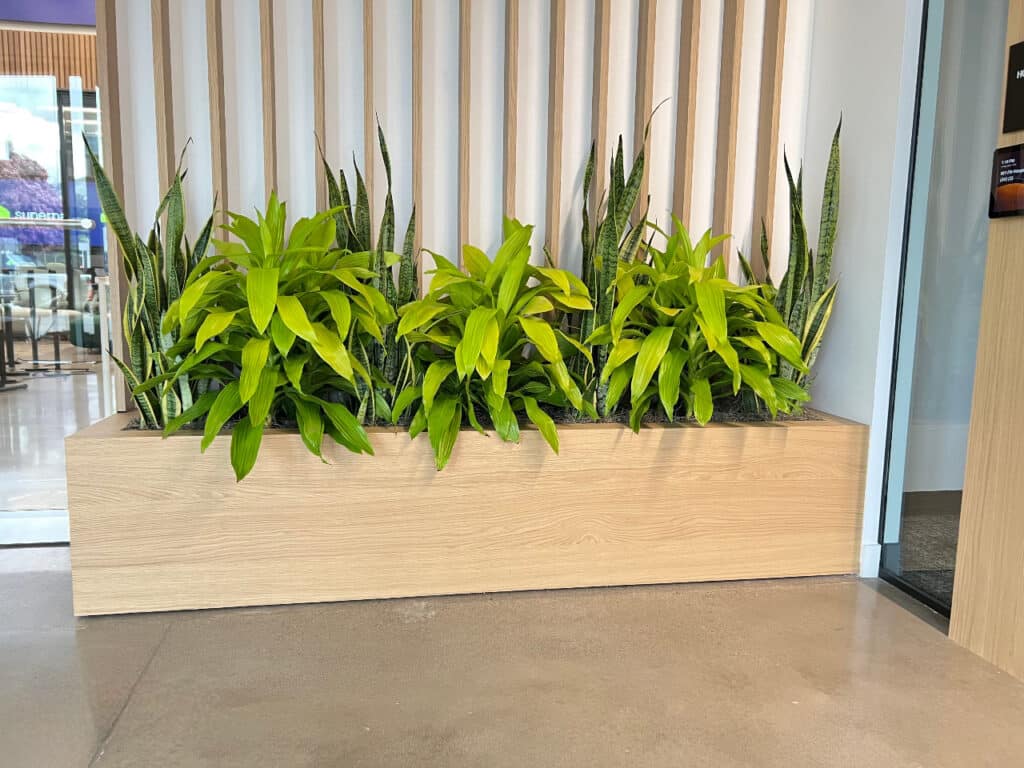In today’s fast-paced work environments, companies are continuously searching for innovative ways to improve employee well-being, productivity, and job satisfaction. While wellness programs and ergonomic furniture are often the go-to solutions, one of the most underrated yet powerful tools in this pursuit is nature, specifically, indoor plants.
Introducing greenery into office spaces is more than just an aesthetic upgrade. Studies have shown that exposure to plants can significantly reduce stress, increase concentration, and even improve air quality. These subtle improvements in the workplace atmosphere contribute to a more energized and focused team. From startups to corporate headquarters, the trend of biophilic design, which means incorporating elements of the natural world into interiors, is gaining serious traction for a reason.
In this guide, we’ll explore the most important considerations when choosing indoor plants for employee wellness and how intentional greenery can lead to happier, healthier workplaces.
Understand the Environment First
Before selecting indoor plants, it’s essential to assess the conditions of your workspace. Every plant has specific needs, and mismatched environments can result in poor growth or wasted resources.
Start by considering the following:
- Natural light levels: Some plants thrive in bright, direct sunlight, while others prefer low-light corners or fluorescent illumination.
- Air circulation: Good airflow is key to preventing mold or pests in pots.
- Humidity and temperature: Offices with HVAC systems can create dry conditions, making some tropical plants harder to maintain.
- Noise and traffic flow: Larger plants can serve as noise buffers but should be placed out of high-traffic pathways.
Properly assessing your space ensures that your plant selections will thrive and continue to benefit employees long-term.
Prioritize Plants with Proven Benefits
Not all plants deliver the same health advantages. Some are known for their air-purifying qualities, while others are excellent for creating a calming environment or adding humidity.
Here are a few employee-friendly options:
- Snake Plant (Sansevieria): Low-maintenance and great for air purification.
- Peace Lily: Reduces airborne toxins and adds a subtle visual softness.
- Areca Palm: Known for increasing humidity in dry indoor settings.
- Spider Plant: Hardy and helpful in removing carbon monoxide and formaldehyde.
- ZZ Plant: Tolerant to low light and infrequent watering.
When possible, avoid overly fragrant options unless you’re specifically targeting mood improvement, as outlined in this article on scented plants in workplaces. Fragrance can uplift mood, but it can also be overwhelming or trigger sensitivities if not carefully chosen.
Match Plant Care to Office Resources
Even the healthiest plant can become a source of stress if not properly cared for. It’s important to select greenery that aligns with the maintenance resources available in your workplace. Consider the following:
- Watering frequency: Succulents need less water, while ferns require regular hydration.
- Pruning and grooming: Some leafy plants grow quickly and need trimming.
- Pest resistance: Offices should avoid plant species that attract gnats or mites.
- Planter selection: Use self-watering or drainage-friendly pots to reduce upkeep.
If you’re incorporating greenery into shared or client-facing areas, consistent maintenance is a must. A well-maintained plant sends a message of professionalism, while wilting or dusty plants can have the opposite effect.
Emphasize Function as Well as Form
The benefits of indoor plants go beyond aesthetics. Strategic placement can improve productivity, lower noise, and even define space without the need for physical barriers.
Here are some practical ideas you can do:
- Divide open-concept areas: Use tall plants or vertical planters as natural room dividers.
- Soften acoustics: Place broad-leafed plants near echo-prone zones to absorb sound.
- Highlight natural light: Choose vibrant foliage for window sills to draw attention to daylight sources.
- Break up sterile décor: Add planters to desk clusters or waiting areas for a welcoming touch.
When used intentionally, greenery becomes a functional design element that supports both visual appeal and employee comfort.
Don’t Overlook Native Plant Options
Native plants are often overlooked in interior design but offer several advantages. These species are more adaptable to local climates and tend to resist pests more effectively, reducing the risk of infestations in indoor environments. They also contribute to local biodiversity and sustainability initiatives.
To discover how native species can be brought into commercial spaces, this guide on native plants in landscapes offers practical tips for choosing well-suited varieties. With the right approach, you can extend the benefits of outdoor sustainability into your indoor environment.
Green Up Your Workplace with Expert Help
Choosing the right indoor plants doesn’t have to be guesswork. From air quality to employee morale, well-placed greenery can make a measurable impact. Let professionals guide your plant selection, care, and layout for maximum benefit. Reach out to The Wright Gardner and start transforming your office into a space where people and plants thrive together.

